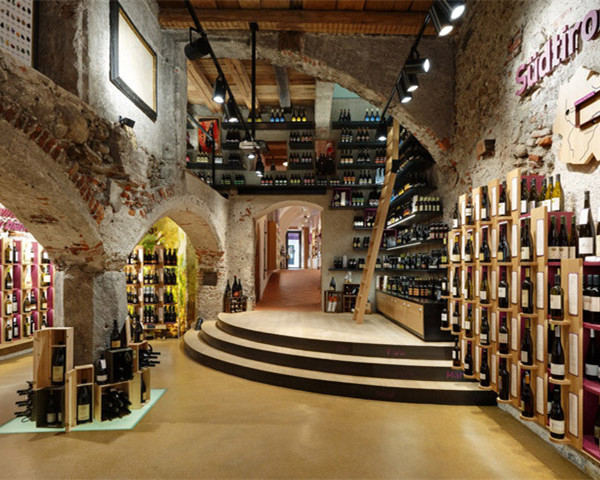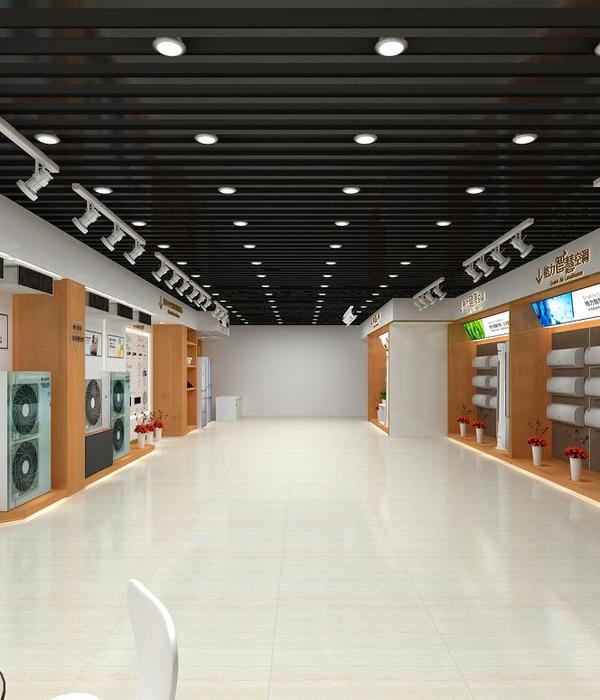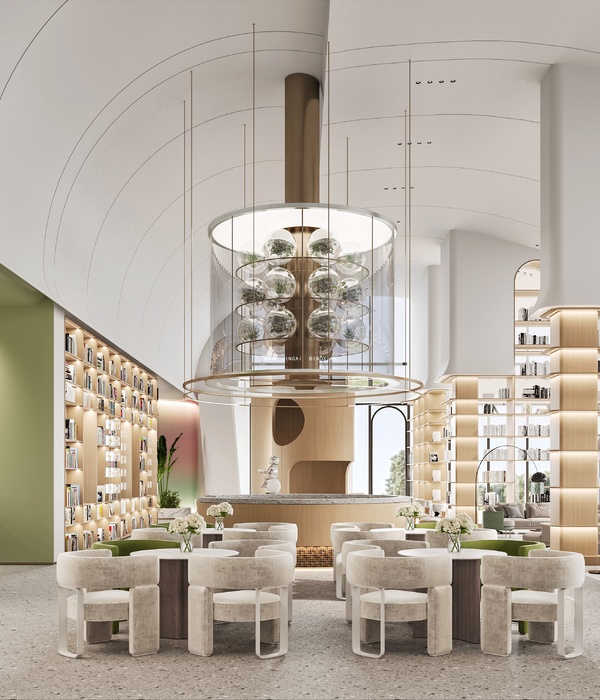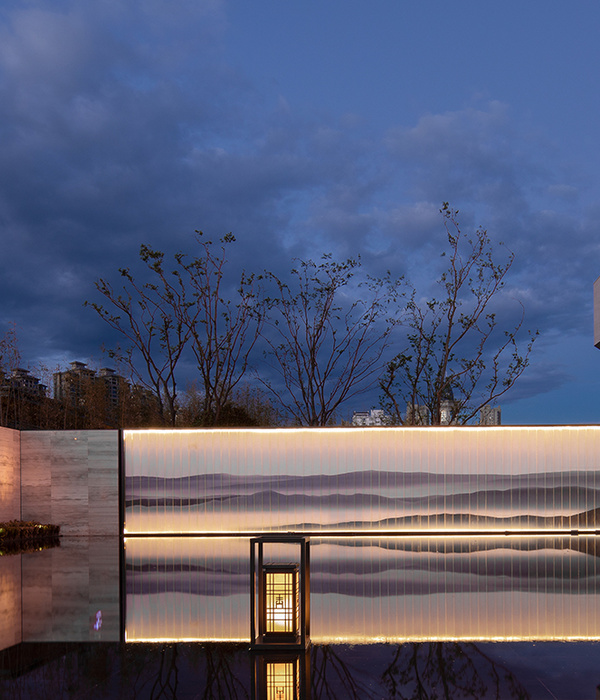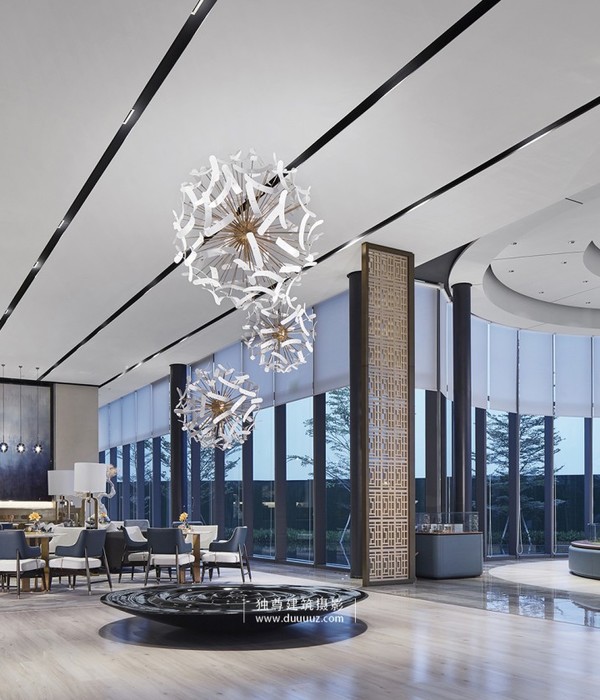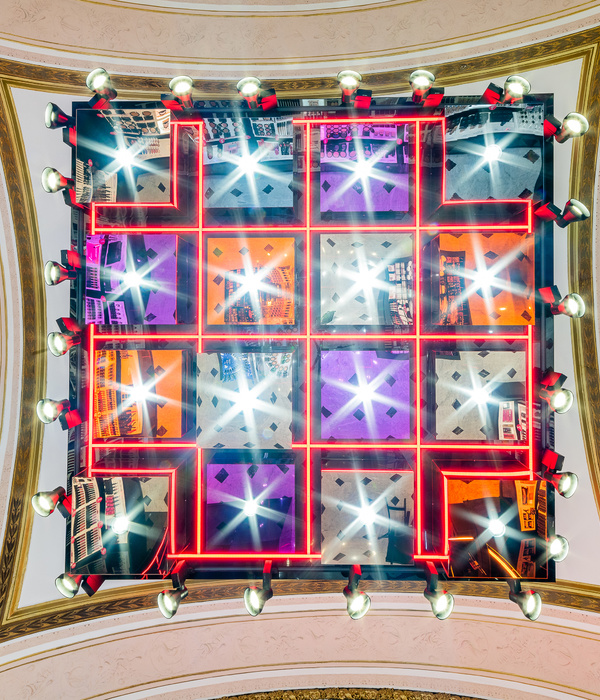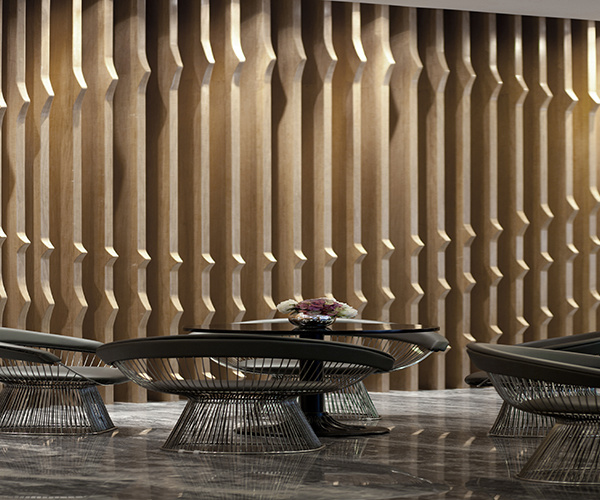Introducing our new series, which shines light on the creativity and resilience of designers around the world as they confront the challenges wrought by the Covid-19 pandemic. Working with contributing editors across eleven global territories, we reach out to creative talents to ponder the power of design in difficult times and share messages of hope. Our New York editor Pei-Ru Keh catches up with Meyer Davis, Pelle, Lindsey Adelman, Todd Bracher and Egg Collective on home manufacturing, the merits of assisted reality, social impact, and drawing as meditation.
Few cities have been as hard-hit by the pandemic as New York. The coronavirus is consuming all five boroughs at a staggering rate, and a statewide stay-at-home order shows no sign of being lifted. With life as we know it stood at a halt, the resourcefulness and creative thinking of our designers has been put to the test.
Plans for presenting new collections at Milan Design Week – a significant undertaking for Americans, involving transatlantic travel and shipping – have long been abandoned. Designers have also had to rethink their strategies on home turf, with NYCxDesign tentatively pushed to October, and the International Contemporary Furniture Fair skipping a year.
Among those having to take things on the chin is Meyer Davis, a studio specialising in hospitality, retail, workplace and residential projects. They had planned on launching their new product label, William Gray, on both sides of the Atlantic, combining new and existing furniture, lighting, bath products and home accessories. ‘2020 will still be the year of William Gray, but the products will be experienced differently now,’ says the firm’s Gray Davis. His fellow principal, Will Meyer, explains that their prototypes were ready to be sent to Italy. ‘We basically had to decide whether to load them on ships or not, right as our office was transitioning to working remotely, without knowing what the rest of the year would look like,’ he recalls.
A sketch of the Varick sofa from William Gray, a new product label that design firm Meyer Davis were hoping to launch at Milan Design Week and NYCxDesign this spring
Lighting and furniture design studio Pelle has also faced similar disappointment. ‘We were excited to show new lighting with Rossana Orlandi for the first time,’ says Oliver Pelle, who runs the studio with his wife Jean. ‘Here in New York, we planned to launch a new collection in our own showroom in May, along with participating in some great group shows. All of those design events have been cancelled or postponed.’
The Pelles have had to navigate these professional challenges while homeschooling their two school-age daughters, now that schools are closed. ‘Trying to keep them engaged and somewhat busy throughout the day proves to be a full-time endeavour,’ says Pelle, ‘We don’t feel that we’ve nailed the balance of schooling, domestic work and professional work yet.’
Still, the Pelles have found encouragement in the team they have built. ‘We were touched to see our crew literally take work home with them - bedrooms have become production benches and mini lighting assembly studios. ‘We love them for that.’
Husband-and-wife duo Oliver and Jean Pelle are juggling work with homeschooling their two young children
That enterprising, self-starter spirit – a distinctly American trait – is also being embraced at Lindsey Adelman’s studio, which had been poised to launch 35 new fixtures at her Noho showroom in May.
She credits her team for keeping production moving. ‘There are many details and processes that can still be done in their homes and private workshops – some glassblowers even have small-scale facilities in the same building where they live,’ she reveals. ‘It has been incredible to see how much they care about each other and about manifesting the ideas.’
Adelman has also quickly embraced the digital realm: ‘Introducing a new collection to each client in their home virtually is potentially quite intimate and powerful,’ she reflects. ‘I am starting to appreciate how something virtual and unreal holds the same value as something real. It is the effect it has on an audience that matters: how does it make you feel? Is it a new experience? Is it still charming? Does it shift what you assumed before you saw it?’
A detail of from Lindsay Adelman’s new colletion, which she had hoped to launch at her Noho showroom in May
To Todd Bracher, whose design advisory has clients ranging from Humanscale to 3M to Georg Jensen, now is the time for critical design thinking. He is accustomed to thinking outside the box to identify opportunities for growth.
‘All brands, whether start-up or multinational, are experiencing the same limitations. The arena has been democratised.’ Bracher says, ‘For designers, thinkers, makers, doers, solvers, networkers, business people and artists, what better time than now to leverage our problem-solving capabilities?’
Bracher has also found himself drawn to projects that carry greater meaning. ‘Now is the time to advance businesses that will have a positive impact on our world,’ he enthuses. ‘Brands that understand and respectfully navigate this situation will be rewarded as we emerge from these unusual circumstances. This is where design is at its best – solving problems, and pairing well-considered solutions with a market that is in need of them.’
A diagram by industrial designer and design strategist Todd Bracher on the components of relationship-building in a virtual world
For design studio Egg Collective, comprising Stephanie Beamer, Crystal Ellis and Hillary Petrie, compliance with social distancing rules comes with its challenges. Now working apart, they have instituted daily check-ins via video and phone in a bid to stay connected. ‘This will most likely be the longest period of time that we have been away from one another since launching the company almost a decade ago,’ shares Ellis. ‘We depend on each other as business partners as well as friends.’
The trio have found themselves focusing on back-of-house projects. In another bid to refocus, Ellis has returned to drawing, which her artist mother had taught her. ‘Blind contour drawing is an exercise where you attempt to draw an object or image without looking at your pen or paper. You have to block out your thoughts and focus on the connection between the mind and the hand,’ she explains. ‘I hadn’t done it in years. But my first day in quarantine, when I was wondering how I am going to make it through this, it popped into my mind. It has helped me be present and in my body, rather than consumed by my thoughts.’
A blind contour drawing by Egg Collective’s Crystal Ellis, who is revisiting the practice in a bid to soothe the mind and focus on physical actionWhether emotionally or strategically led, the lessons from this enforced slowdown will hopefully stay with us once the pandemic is over. Adelman sums it up perfectly, ‘Even though there is heartbreaking tragedy that grows worse every hour as a horror backdrop, this is like a break from the inhuman pace at which we were living. We would not have pressed pause ourselves. We would not have believed it was possible. It has made me envision life differently. There are some things that I know now which I will never give up.’ §Read more from Wallpaper* World ViewLetter from MilanLetter from SingaporeLetter from MelbourneLetter from ParisLetter from California
{{item.text_origin}}






